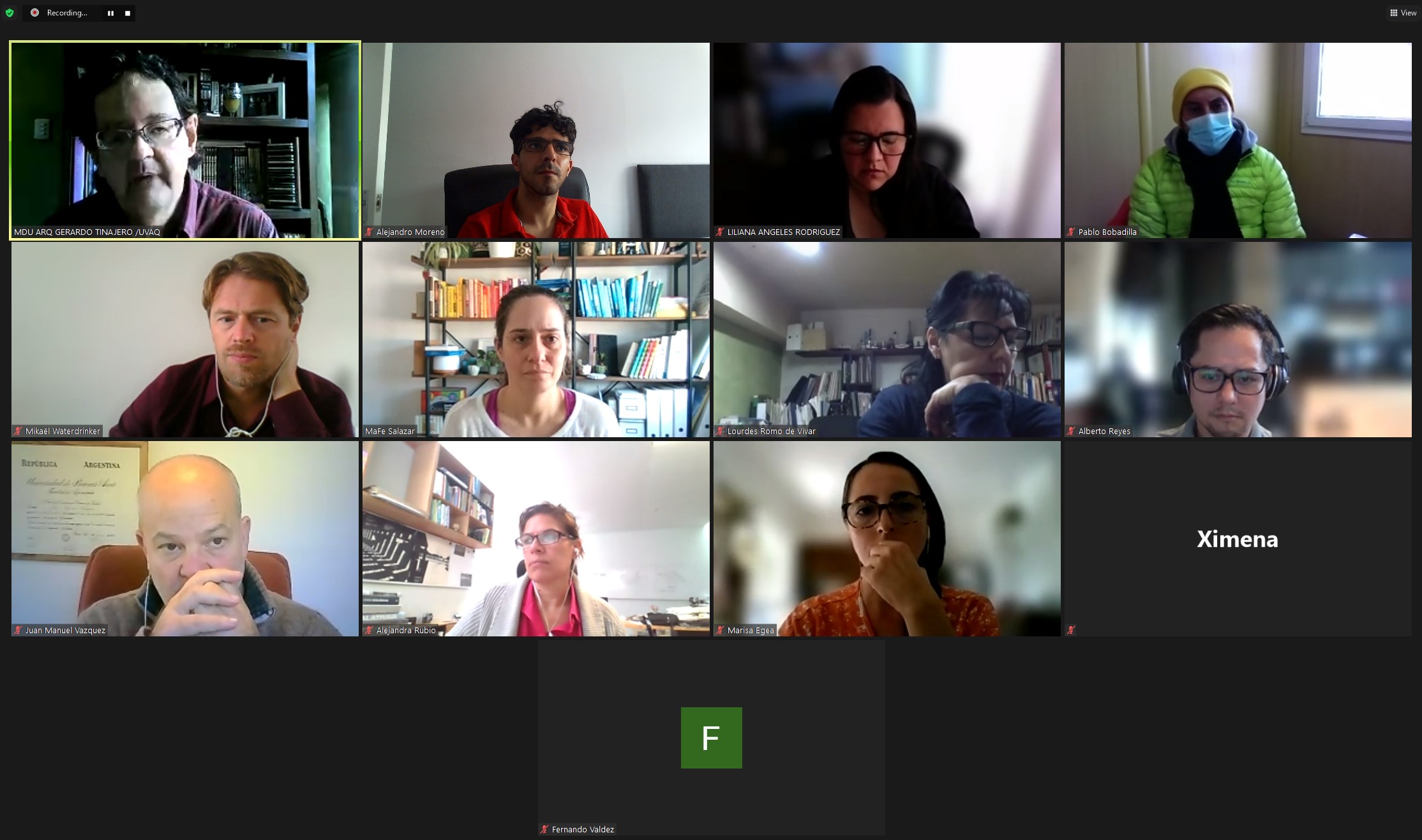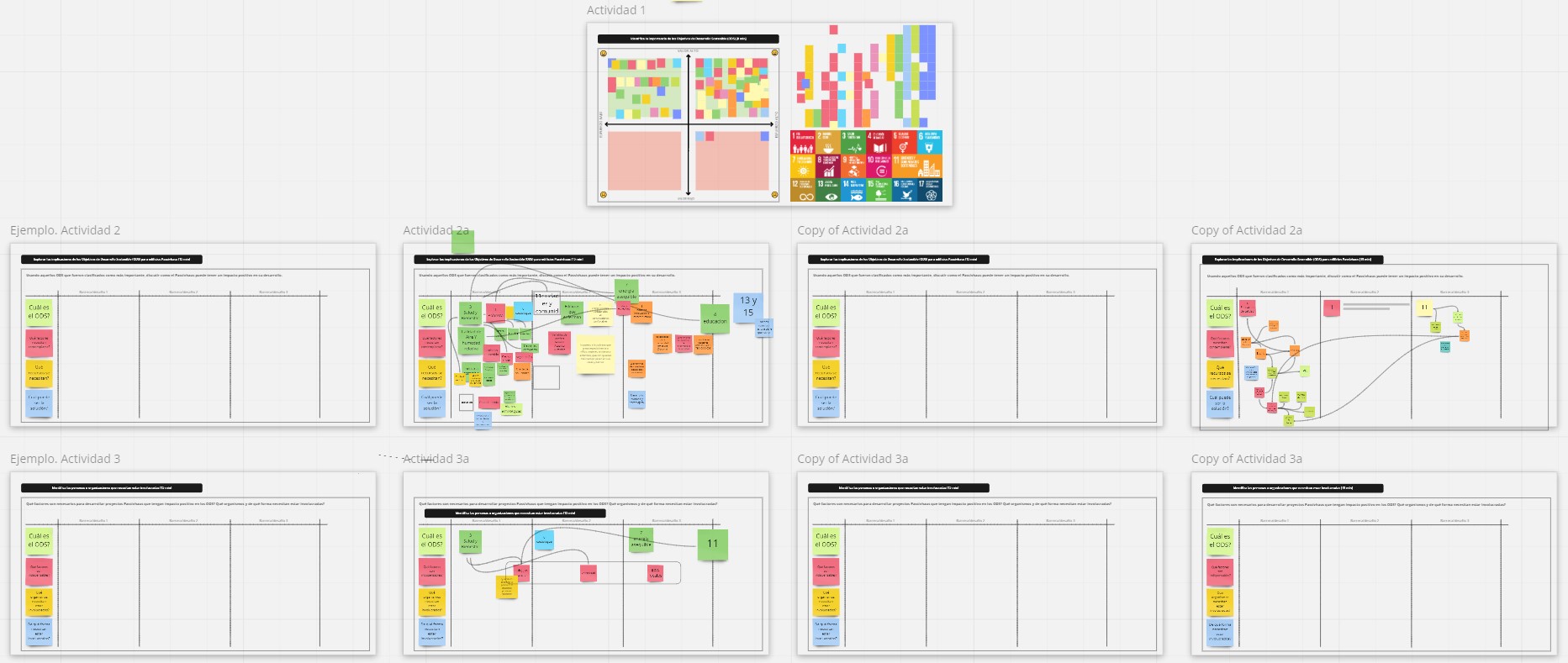Last week we hosted the second LatamHaus workshop. This workshop looked at how the Passivhaus can positively impact the Sustainable Development Goals (SDGs) in Latin America. The Sustainable Development Goals (SDGs) or Global Goals are “a universal call to action to end poverty, protect the planet and ensure that all people enjoy peace and prosperity by 2030” (UNDP, 2015). The 17 goals are made tangible through 169 targets and 303 indicators that attempt to focus attention on a ‘means of implementation’ to mitigate against a lack of tangible action that previous goals have been criticised for. Importantly, the SDGs aim to recognise the considerable link between social, economic and environmental outcomes.
LatamHaus: PassivHaus and the Sustainable Development Goals

speaker. The workshop was brief but with lots of insights and excellent feedback from all the participants. The workshop was divided into two sections. In the first section, Juan Manuel presented the SDGs and set them around the Passivhaus. Juan Manuel talked about the importance of the SDGs, particularly:
- SDG 1 No poverty, as Passivhaus, have the means to reduce fuel poverty, helping families to stop deciding on whether they eat or make their homes comfortable.
- SDG 3 Health and wellbeing, particularly Passivhaus, can achieve better health for the occupants as buildings will have high indoor environmental quality (i.e. better indoor air quality and low risk of overheating).
- SDG 4 Quality education, this goal is intrinsically related to better health. Passivhaus schools and learning buildings provide adequate ventilation to control air pollution and temperatures so that their occupants do not suffer from cognitive impairment or productivity losses.
- SDG 12 Responsible consumption and production, as Passivhaus has the potential to manage better the resources (and raw materials) in the construction and through the life of the building but also to highlight the social responsibility.
- SDG 13 Climate change, as almost half of the CO2 emissions, comes from the construction industry Passivhaus is a way to minimise the CO2 emissions through the complete cycle life of the building.
- SDG 17 Partnerships for the goals, partnerships that can set tangible benefits for the communities.
After Juan Manuel’s intervention, Alejandro presented in greater detail the two SDGs that LatamHaus is trying to address through different activities. They are:
- SDG 3 Health and wellbeing by reducing the number of deaths related to air pollution and contamination (target 3.9) by reducing the mortality rate attributed to household air pollution (indicator 3.9.1).
- SDG 9 Industry, innovation and infrastructure by looking at the construction industry making buildings resource-use efficient (target 9.4) through reducing the CO2 emissions per unit (Indicator 9.4.1).

Then the participants discussed how the Passivhaus has a positive impact on achieving the SDGs from their point of view. According to the participants, the most important were SDG 1 No poverty, SDG 3 Health and wellbeing, SDG 7 Affordable and clean energy, SDG 9 Industry and SDG 11 Sustainable cities and communities. The participants also had the opportunity to discuss some of the SDGs guided through a digital whiteboard platform in greater detail. Nine of them were discussed in greater detail
We had participants from all over Latin America, from Mexico to Argentina! The LatamHaus Team wishes to thank all participants and speakers who invested their time and effort to make this workshop a great experience for us all!

